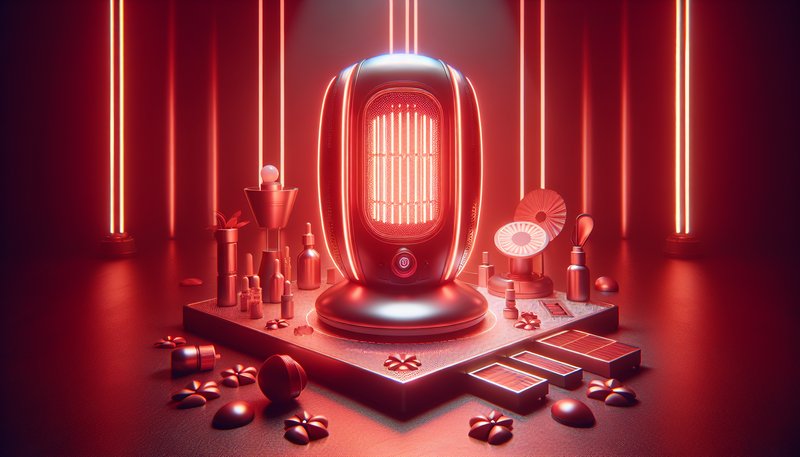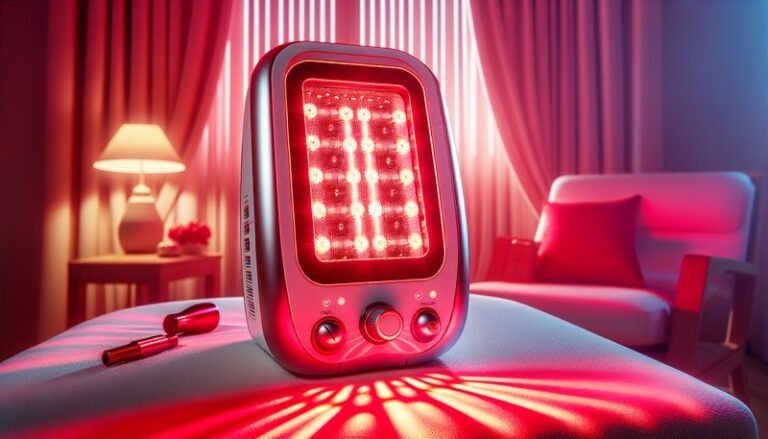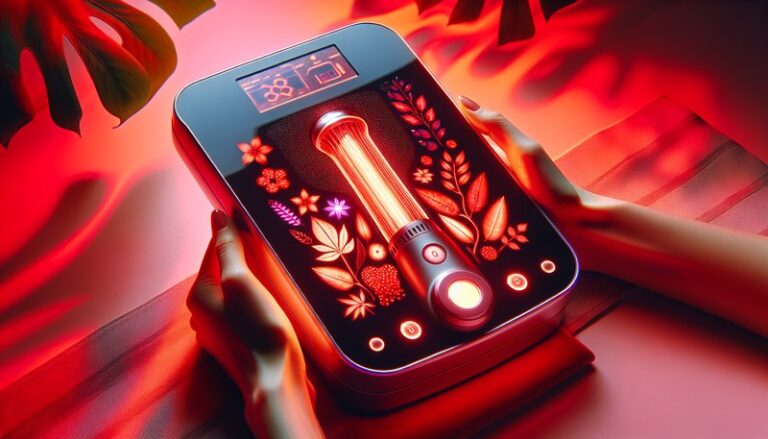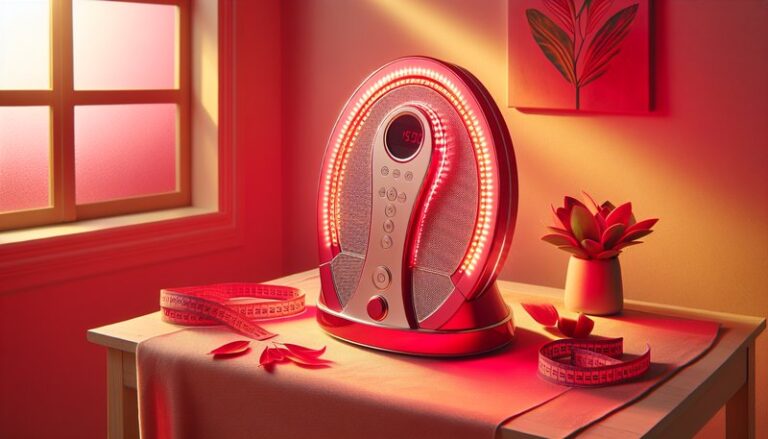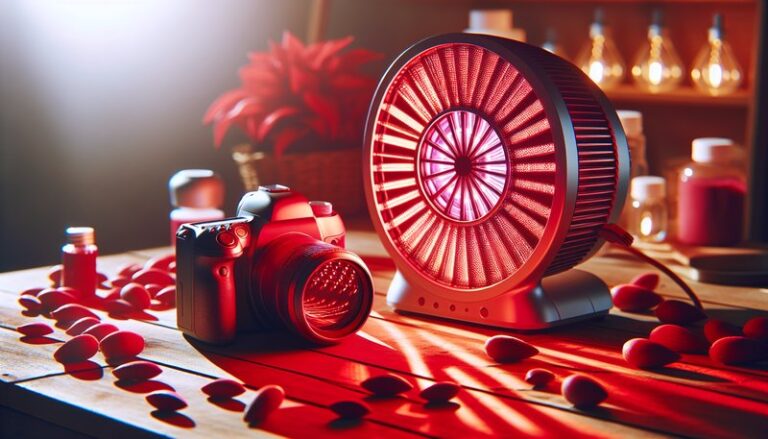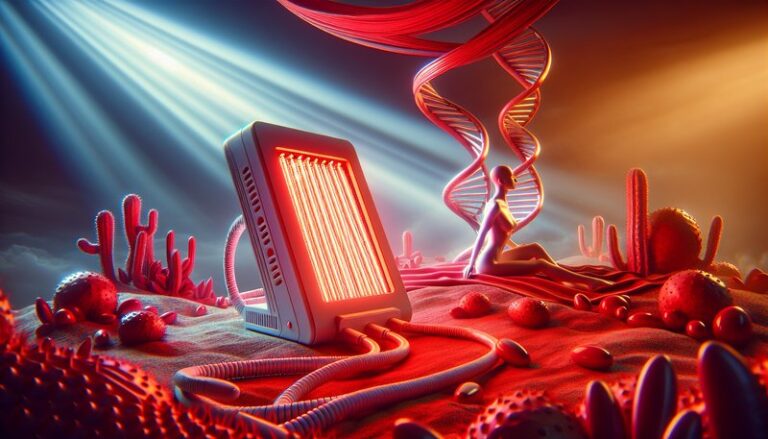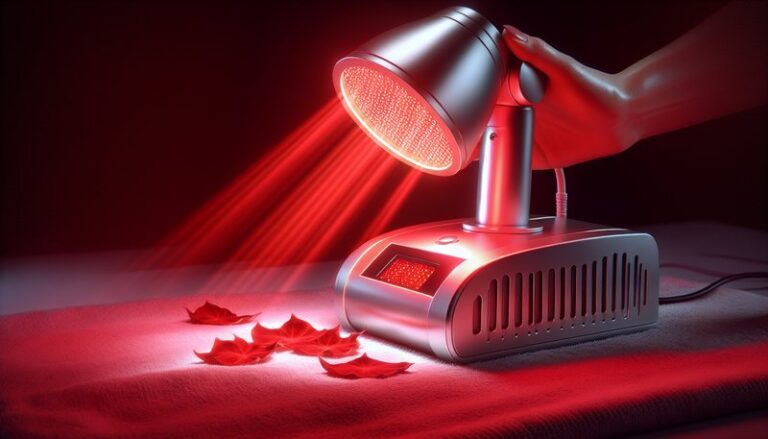How Long To Use Red Light Therapy?
Have you ever wondered about the optimal duration for red light therapy sessions?
In recent years, red light therapy has gained traction for its potential benefits in pain relief, skin health, and overall wellness. However, with its growing popularity comes the need to understand how long sessions should ideally last for effective results. This article explores the perfect duration for red light therapy treatments, the benefits they offer, and essential considerations to keep in mind.
Key Takeaways
- The appropriate duration for red light therapy sessions typically ranges from 10 to 30 minutes.
- Frequency of sessions can vary, often recommended 3 to 5 times a week for optimal results.
- Individual needs and goals can significantly influence how long and how often you should use red light therapy.
What is Red Light Therapy?
Red light therapy (RLT) is a non-invasive treatment that utilizes low-wavelength red light to promote healing and rejuvenation in cells. It is also known as low-level laser therapy (LLLT) or photobiomodulation. The therapy works by stimulating mitochondrial function, which can enhance energy production in cells and promote effective cellular repair.
RLT can be administered through various devices, including handheld units, larger panels, or specialized beds designed for full-body exposure. Users simply sit or lie down near a device that emits red light for a specified duration.
What are the Benefits of Red Light Therapy?
Red light therapy offers a multitude of health and wellness benefits, which include improvements in skin health, pain reduction, and enhanced recovery from workouts. Let’s delve deeper into some of these advantages.
Discover the details in Depth of Red Light Therapy Penetration
Improves Skin Health
Research suggests that red light therapy can improve skin complexion, reduce wrinkles, and promote collagen production. Many users report a clearer, healthier skin tone after regular treatments, making RLT popular in cosmetic dermatology.
Aids in Pain Management
RLT has shown promise in managing chronic pain conditions, including arthritis and muscle soreness. By enhancing circulation and reducing inflammation, users often find relief with consistent therapy sessions.
Enhances Muscle Recovery
Athletes and fitness enthusiasts frequently use red light therapy to speed up recovery post-exercise. By boosting circulation and reducing inflammation, RLT helps muscles recover faster from strenuous workouts.
Supports Hair Restoration
Some studies indicate that red light therapy can promote hair growth in individuals experiencing hair loss. The light stimulates hair follicle activity, potentially leading to thicker hair over time.
Improves Sleep Quality
Emerging research suggests that red light exposure may assist in regulating sleep patterns. By helping to normalize circadian rhythms, users may find improved sleep quality with regular sessions.
Is it Possible to Overdo Red Light Therapy?
While red light therapy is generally considered safe, it is possible to overdo it. Too much exposure can lead to skin irritation or discomfort. It’s essential to follow guidelines regarding session length and frequency to avoid adverse effects.
What are the Advantages of Following Recommended Use?
Adhering to recommended session lengths helps in maximizing benefits while minimizing risks.
What are the Disadvantages of Overexposure?
Extended exposure can lead to skin sensitivity or irritation, underscoring the importance of understanding personal limits and listening to your body’s signals.
What are the Things to Consider Before Starting Red Light Therapy?
Before beginning red light therapy, there are several factors to consider to ensure a safe and effective experience.
Skin Sensitivity
Consider any personal history of skin sensitivity. Individuals prone to burns or skin reactions should approach RLT with caution and adjust session lengths if necessary.
Read our take on Red Light Therapy Locations
Existing Medical Conditions
Consult your healthcare provider if you have underlying medical conditions or are pregnant. Certain health issues may influence how RLT affects you.
Device Quality
Ensure that you are using a reputable quality device or treatment center. Not all red light therapy devices are created equal, and knowing the specifications can affect results.
What are the Alternatives to Red Light Therapy?
If red light therapy isn’t suitable for you, there are several alternatives worth exploring.
Laser Therapy
Laser therapy uses concentrated light beams for similar healing effects. It’s commonly used in clinical settings for pain relief and skin treatments.
Cryotherapy
Cryotherapy involves exposure to extreme cold for recovery benefits. This alternative targets inflammation and can aid in muscle recovery, providing a different approach to healing.
Infrared Saunas
Infrared saunas produce heat that penetrates the skin, potentially providing benefits similar to red light therapy. They promote detoxification and muscle relaxation.
Massage Therapy
Manual manipulation of muscles and tissues through massage can enhance recovery, relieve pain, and improve circulation in a more traditional manner.
Conclusion: Is it Recommended to Start Red Light Therapy?
Red light therapy can be a powerful tool for improving health and well-being, but understanding how long to use it is vital for its effectiveness and safety. Most users benefit from sessions of 10 to 30 minutes, several times a week, though individual needs can vary. Always consider personal factors and consult professionals when needed.
Frequently Asked Questions
How often should I use red light therapy?
It depends on your goals, but most recommendations suggest 3 to 5 times a week for optimal benefits.
Can I use red light therapy at home?
Yes, several at-home devices are available that allow you to benefit from red light therapy conveniently. Ensure that the device is of good quality for effective results.
Are there any side effects of red light therapy?
While RLT is generally safe, overexposure can lead to skin irritation or sensitivity. It’s crucial to use the therapy as directed.
Will I see immediate results with red light therapy?
Some users report immediate improvements, while others may require consistent sessions over weeks to notice significant changes.
Is red light therapy suitable for all skin types?
Generally, red light therapy is safe for all skin types, but individuals with specific skin conditions should consult a healthcare professional beforehand.
